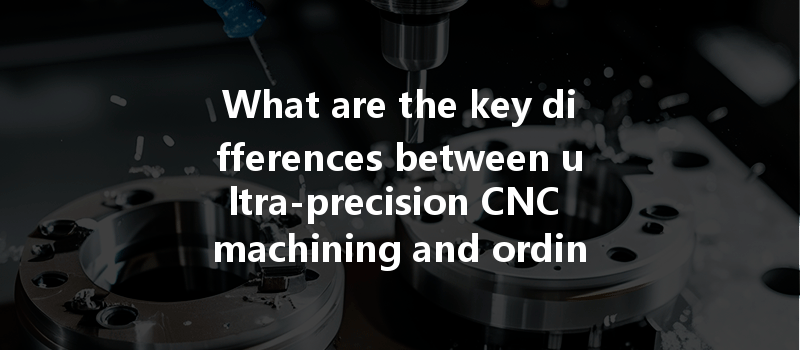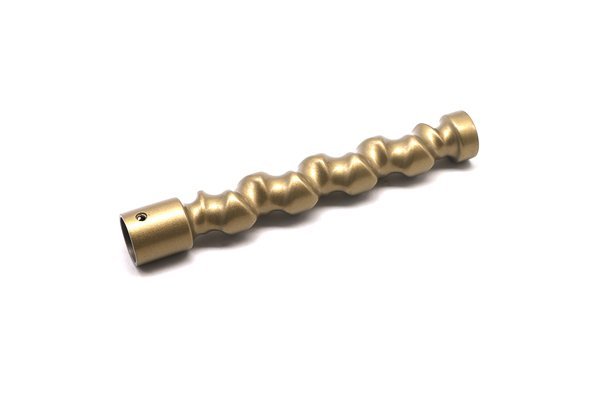Opening:
Did you know that the manufacturing industry is projected to reach $5.2 trillion by 2023, with CNC machining leading the charge in revolutionizing production capabilities? In a world where precision matters more than ever, understanding the distinctions between ultra-precision CNC machining and ordinary CNC machining accuracy is crucial for engineers, manufacturers, and design teams alike. This comprehensive exploration of the topic will shed light on how these two types of machining differ, their specific applications, challenges, and solutions to optimize your operations.
The Foundation of CNC Machining
CNC (Computer Numerical Control) machining is a cornerstone technology in modern manufacturing that allows for the automation of machine tools. With the aid of computer programming, CNC machines follow paths dictated by precise digital algorithms, making it possible to produce intricate parts that would be difficult or impossible to achieve through manual machining.
Ordinary CNC Machining
Ordinary CNC machining typically operates within tolerances ranging from a few thousandths of an inch (0.001″) to a couple of hundredths of an inch (0.01″). This level of accuracy is suitable for many applications, including:
While the quality is generally good, it may not hold up under the strict requirements of industries that demand higher precision, such as aerospace, medical device manufacturing, and high-performance automotive parts.
Ultra-Precision CNC Machining
In stark contrast, ultra-precision CNC machining is a specialized process that achieves tolerances in the micrometer range (1 µm or better). The technology utilizes advanced techniques and equipment designed to handle complex geometries and tight specifications. Industries relying on ultra-precision machining include:
Ultra-precision CNC machines can achieve results that are not only dimensionally accurate but also ensure the quality of surface finish, hardness, and thermal properties.
Detailed Comparison: Ultra-Precision vs. Ordinary CNC Machining

Challenges and Solutions in Both Machining Types
While both ordinary and ultra-precision CNC machining serve distinct purposes, they come with their own challenges. Understanding these challenges can lead to selecting appropriate strategies to overcome them.
Challenges in Ordinary CNC Machining
Solutions
Challenges in Ultra-Precision CNC Machining
Solutions
Why the Differences Matter
In the intricate landscape of modern manufacturing, the choice between ordinary CNC machining and ultra-precision CNC machining can drastically influence the success of projects. Whether it’s about meeting the precise needs of medical devices or ensuring the reliability of aerospace components, understanding the unique qualities and advantages of each method allows businesses to make informed decisions.
Investing in ultra-precision capabilities can initially appear daunting due to the costs and technical challenges involved. Still, the potential for enhanced product performance, reliability, and market differentiation can offer substantial returns in the long run.
In conclusion, while ordinary CNC machining has a significant role in the manufacturing landscape, it cannot always meet the demanding requirements of high-tech industries. On the other hand, ultra-precision CNC machining holds the key to achieving unparalleled quality, durability, and accuracy. By examining the differences in tolerances, surface finishes, technologies, and application areas of both methods, manufacturers can better navigate their production scenarios.
Understanding these distinctions is crucial for stakeholders in various industries. It shapes the priorities of machine selection, production methodologies, and ultimately influences competitive advantage. As the manufacturing world continues to evolve, the importance of precision in CNC machining is a topic worth considering for any organization aiming for excellence in quality and performance.






